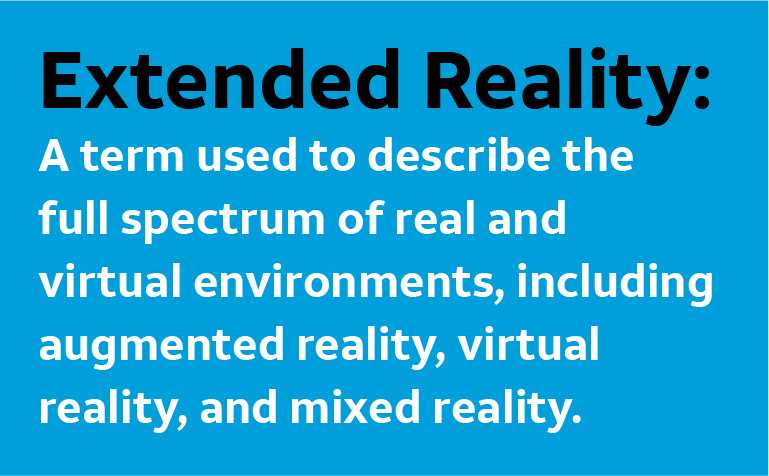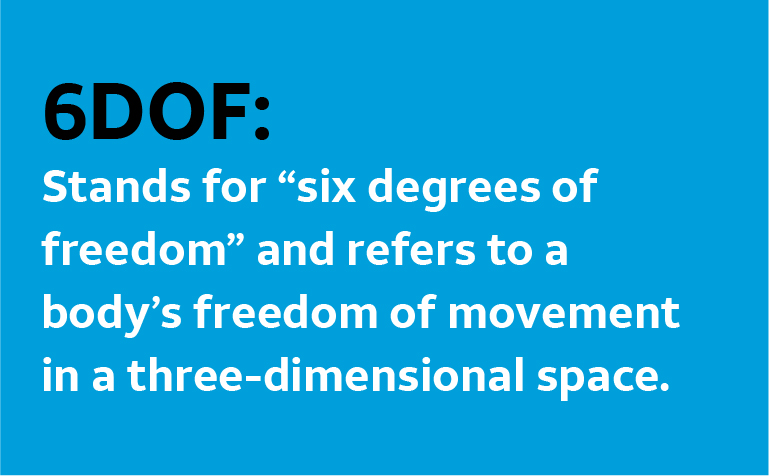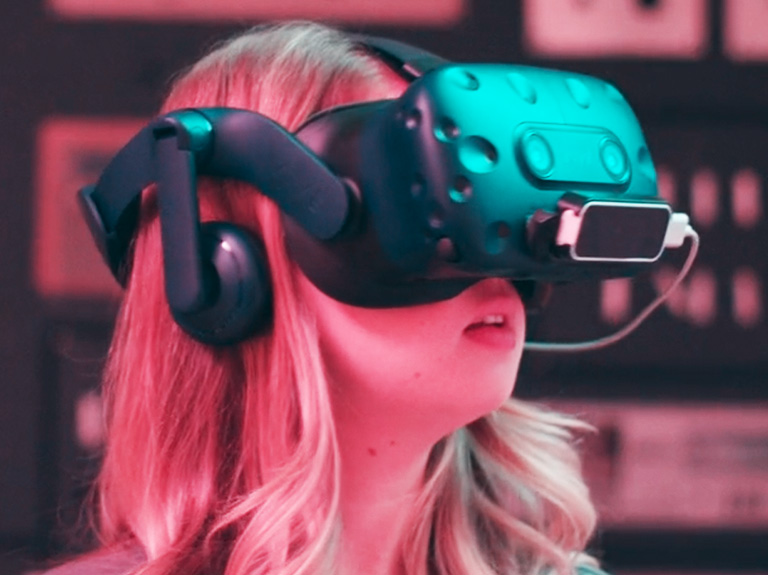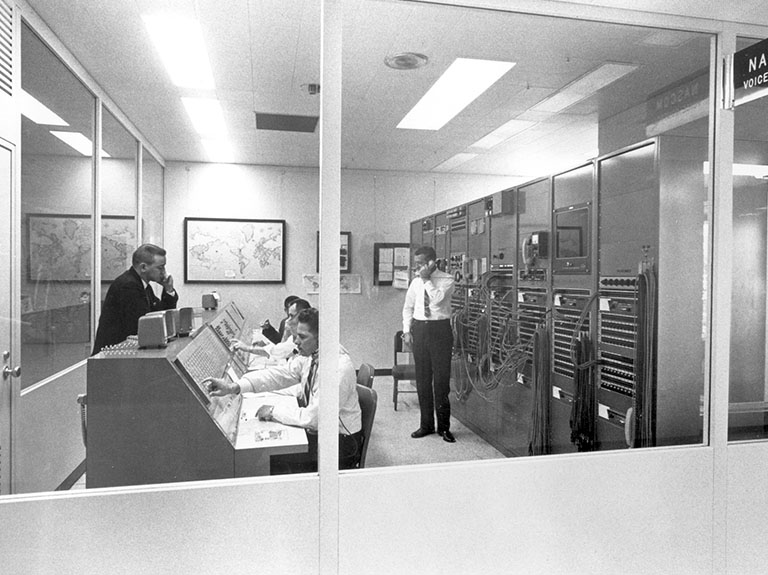
The rise of edge computing is reshaping the way we think of our internet. As data and content generation become increasingly decentralized, so too must the supporting networks and cloud infrastructure. The disruptive potential of the edge is further driven by the arrival of 5G, the proliferation of connected devices, and the heavy, real-time computing requirements of emerging applications. Yet, the industry has only just begun to scratch the surface of the true value that edge computing can deliver. Designing applications for this new computing paradigm will require close collaboration across technology ecosystems, a practice that has always been foundational to our work at the Foundry.
This belief motivated the launch of the AT&T Foundry Edge Computing Zone program in 2018. Last year we successfully led collaborations with Ericsson, GridRaster and NVIDIA GeForceNOW to demonstrate the potential of edge computing to improve the performance of cloud-driven extended reality (XR) and gaming.
While most 5G and edge computing players have limited their VR demonstrations to the delivery of 360-degree video content, the Foundry has always been focused on pushing the boundaries to enable truly immersive, PC-quality experiences. However, achieving seamless six-degree-of-freedom (6DoF) movement in a digital 3D space is no small feat. Separating the server and display by a wireless network means introducing new confounding factors into the pipeline, such as encoding and decoding delays, transmission delay, packet loss and jitter.
This is especially challenging because networks and media streaming protocols weren't optimized for real-time, interactive content. These experiences have different requirements than static, file-based media, so we can't treat them the same way. Plus, the content capturing, rendering and display processes in 3D gaming engines were not originally designed to be hosted in the cloud.
In order to democratize access to 3D experiences, we need to merge elements of the two models and redesign the process from the ground-up. That means in addition to optimizing the performance of our network, we must work with our technology partners to reimagine and re-architect how these applications are designed and implemented.

“CUTTING THE CORD” ON THE VR EXPERIENCE WITH 5G
To accomplish this, we've enlisted new collaborators across the entire software, hardware, content and infrastructure pipeline. We've also expanded our efforts to include a 5G radio and testing environment hosted at the Ericsson campus in Santa Clara, Calif., as we believe combining edge computing capabilities with 5G is key to designing the network of the future.
Next month, we'll unveil a demo that achieves a significant milestone. We plan to deliver 6DoF interactive SteamVR content to a wireless head-mounted display (HMD) device over a 5G 39GHz mmwave radio, connected to a GPU-accelerated gaming server. The use of 5G and edge computing allows us to bring this experience to our mobile network while still achieving the latency and bandwidth necessary to meet the performance requirements of the wireless HMD device and VR application (3K resolution and 75Hz refresh rate). And, as mobile HMD devices evolve to incorporate 5G chipsets, we'll be able to deliver this experience fully over 5G.
Despite some industry skepticism that truly mobile 3D content delivery will ever be possible, we remain determined to "cut the cord" on all XR and gaming applications. By providing end users ubiquitous access to computing power and the highest-quality experiences, we hope to enable content creators to finally access their desired audience and allow the 3D content medium to realize its full potential.

EXPANDING THE EDGE COMPUTING ZONE WITH NEW MISSIONS
In addition to our new 5G lab in Santa Clara, we're growing our Edge Computing Zone model beyond the XR and gaming industries. Our expanded program now includes 3 generation-defining missions with latency, bandwidth and real-time computing requirements that can only be addressed with edge computing and 5G networks:
- Cutting the Cord on XR and Gaming
- Real-time IoT Analytics: Alert and Response Systems for Public Safety
- Live HD/3D Mapping for Vehicle Automation
We invite our entire technology ecosystem to work with us in uncovering the possibilities of 5G and edge. The engagement of new collaborators will help us to showcase revolutionary concepts to the world, gather insights for the design of AT&T's edge and 5G infrastructure, and design new solutions for our content, enterprise and public sector partners.
Next month on March 25-26th, we’re hosting Designing the Edge, a two-day event in Santa Clara to further our understanding of new, game-changing, edge-native applications. The event will include a series of panel sessions to discuss challenges and best practices, and to collaboratively set goals for this phase of our program. In addition to our wireless VR project, we’ll feature several demos by new and prospective program participants to showcase the potential of 5G and edge.
We look forward to engaging with new collaborators across the ecosystem to experiment with novel approaches to unsolved problems, and to push the boundaries of our next-generation network.
For more information about the Edge Computing Zone program, visit the AT&T Foundry website.
5G Mixed-Reality Experience at MWC19 Barcelona
Through 5G-powered location-based, mixed-reality, fans will have a chance to be virtually immersed in an experience featuring DC's most tech-savvy Super Hero Batman and Super-Villain The Scarecrow at MWC19 Barcelona.
AT&T and Airstream Offer
Airstream, maker of the iconic “silver bullet” trailer, has joined forces with AT&T to offer 4G LTE data plans specifically designed for Airstream vehicles.
AT&T Provides 5G Update 50 Days Since Launch
We’re on track and expect to have a nationwide 5G network by early 2020 with speeds eventually reaching multiple gigabits per second for customers.





